Home of the Peranakans
Discover Peranakan culture as you stroll past heritage shophouses, quaint stores and eateries in this charming corner of eastern Singapore.
Discover Peranakan culture as you stroll past heritage shophouses, quaint stores and eateries in this charming corner of eastern Singapore.
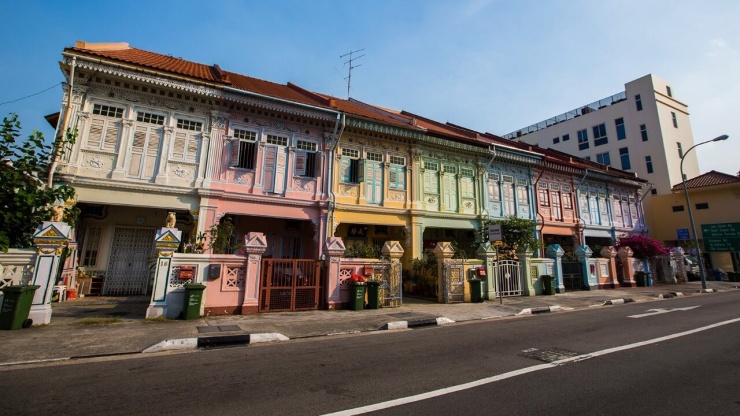
Take a stroll along the rows of vibrant shophouses, a hallmark of the Joo Chiat and Katong conservation area.
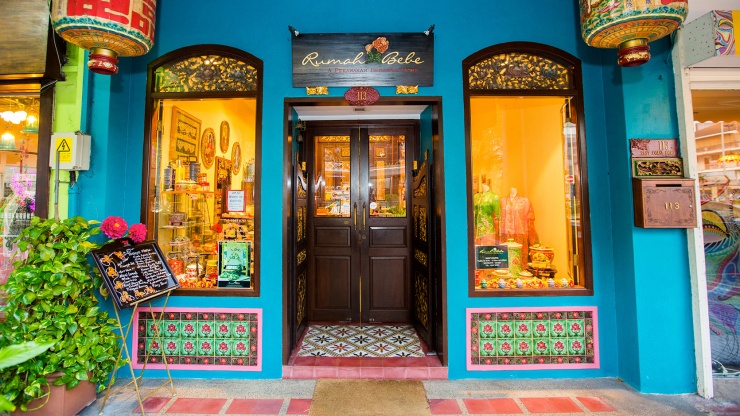
Make a trip down to Rumah Bebe, where you can discover Peranakan culture and pick up an authentic trinket or two.
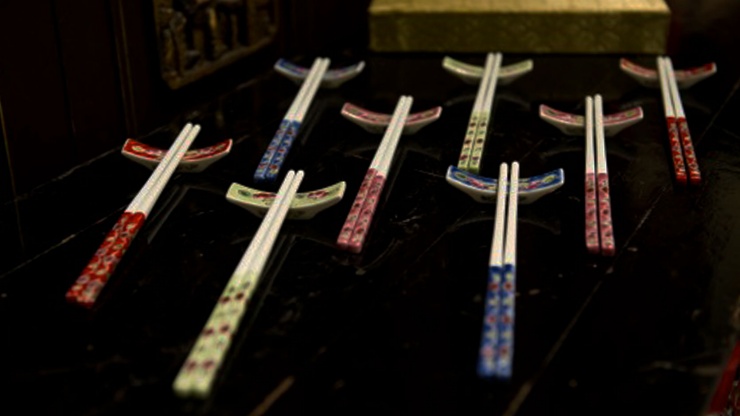
Some of the many artisanal pieces at Rumah Bebe’s heritage porcelain collection.
Once filled with coconut plantations and used as a weekend retreat by wealthy city dwellers, Katong developed into a residential suburb by the early 20th century. It became populated by a growing English-educated middle class, including Peranakans* and Eurasians.
The neighbouring Joo Chiat area is named after Chew Joo Chiat, a wealthy Chinese landowner in the early 20th century. The area’s identity is especially shaped by its unique pre-war architecture – colourful two-storey shophouses and terrace houses with ornate facades, intricate motifs and ceramic tiles.
*The term is an Indonesian/Malay word that means “local born”, which generally refers to people of Chinese and Malay/Indonesian heritage.
The plantations have since gone, but you can still admire this vibrant neighbourhood’s many well-preserved heritage shophouses and a scattering of colonial bungalows. The area is just a quick ten-minute drive from the city centre.
As one of the country’s best foodie destinations, Katong-Joo Chiat is also well-loved by many Singaporeans. Your culinary choices are endless: explore cool cafes that sit next to old-world coffeeshops selling the famous Katong laksa (spicy coconut milk-based noodle soup), kueh chan (dumplings) and other Nonya delicacies.
Keen on shopping? Snap up a traditional Nonya outfit—kebaya (traditional nonya dress) and sarong (traditional Asian garment), beaded slippers and accessories, or poke about in the little shops offering Peranakan wares and handicraft.
To fully appreciate Katong-Joo Chiat, you’ll need more than a few hours to fully enjoy the area—so for a leisurely experience, why not stay at one of several hotels there? Choose from refurbished hotels decked out in Peranakan-inspired décor, or comfortable budget stays.
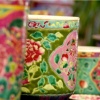
The Intan is a private home-museum dedicated to celebrating the unique culture of the Peranakans.
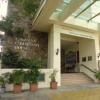
Nestled in the heart of Katong, the Eurasian Heritage Centre showcases artefacts of the Eurasian community.

Try the laksa at 328 Katong Laksa—its heady flavours pack a punch.

Remaining true to his Eurasian roots, "Skinny Chef" Quentin serves an authentic spread using recipes handed down for generations at Quentin's Eurasian Restaurant.
Browse through a host of books and knick-knacks at this cool indie retail shop, Cat Socrates—and say hi to Zoo-zoo, its resident cat.
One of the few remaining rattan furniture shops locally, Teong Theng Rattan Furniture is a household name in the neighbourhood, selling everything from chairs to shoe racks.
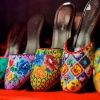
Indulge in a bout of retail therapy at Kim Choo Kueh Chang. First established in 1945, this store sells a range of Peranakan food and handicrafts, from Nonya dumplings to beaded shoes.
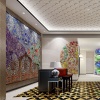
Immerse in the local Peranakan culture at the quaint Hotel Indigo, which fuses retro décor with modern swank.

Drop by one of these centres in downtown Singapore to get more information about Singapore, purchase tickets to attractions and tours or pick up a souvenir. Find out more
This service is provided in partnership with Expedia. Clicking ‘Search’ will redirect you to Expedia’s travel portal. Do note that each booking is limited to a maximum of 6 pax in total.
Search for destination using the search above
Check Out